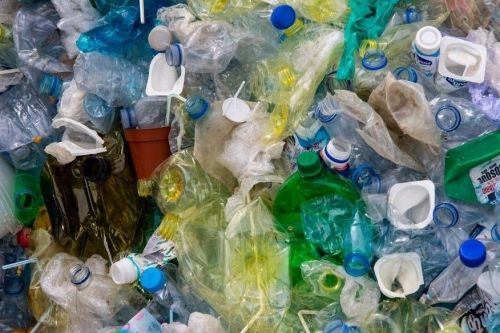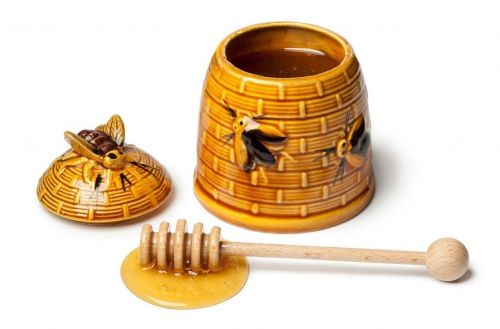Chemistry, Life Science & Engineering Recruitment
Over the last month, scientists have gone above and beyond in their research, making breakthroughs benefiting both industry and the environment. Below are examples of their brilliant findings.
- MIT scientists have developed a way to modify thermoset plastics with a chemical linker (Poly-dicyclopentadiene) which enables the plastics to break down more easily and in turn be recycled into improved ones.

Commonly, once thermoset plastics are produced and in their solid state, they are difficult to melt and recycle. The structures contain strong covalent bonds and so the plastics will require burning before remolding can commence. To begin recycling synthesis, pDCPD is added to break down the plastic into a soluble powder, which dissolves in solution to then make new thermosets.
The brilliance of this discovery is that this polymer does not affect the mechanical strength of the plastic. Researchers have produced a theoretical model application that could potentially be used on other plastics, including acrylics and rubbers. The next step is that the scientists are wanting to form a company to license and commercialise this technology for use across the world… watch this space!
https://www.lifescience.net/news/3303/chemists-make-tough-plastics-recyclable/
- Here is something new - researchers have constructed a Kevlar-styled Nanomolecule, with extremely strong interactions between its molecules. Previously, designed nanostructures assembled themselves within water and degraded rapidly when removed. However, this new model can spontaneously mobilize with utmost strength to retain its structure outside of water.

There is evidence to show Nanoribbons are stronger than steel and due to a high surface-to-mass ratio, can hold 200 times their own weight. With strong intermolecular forces, the molecule assumes a solid-like state which in turn is exceptionally strong, creating a nanostructure with robust mechanical properties. The next step; researching its applications for industrial use.
https://www.lifescience.net/news/3635/researchers-construct-molecular-nanofibers-that-ar/
- Another interesting discovery has
been made by a research team from the University of Bristol, who were studying
the diet of West African ancestors through excavation sites. Unfortunately,
there was a lack of bones present, so the team analysed pottery instead to see
what they stored. 450 pieces of 3,500-year-old pottery were analysed by
grinding up the pottery and analysing lipid biomarkers using GC-MS.

To their surprise, ⅓ of the results was honey. Beeswax lipid residue was found on the excavated pottery and it was determined that ancestors hunted for beehives and stored its honey in pottery. This is a great discovery as there was little evidence on how long humans have been consuming honey in their diet - this opens the door for future research projects in other geographical areas.
With new discoveries every day, science will never be mundane!
If you're finding your job mundane, why not see what's new on the job market www.vrsrecruitment.com

